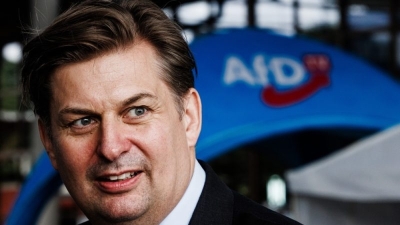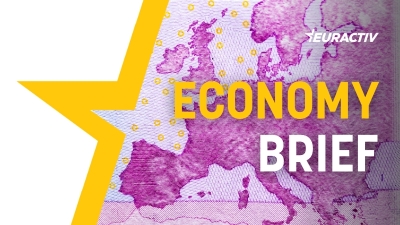EU Agri-Food Value Chain Calls on Lawmakers to Ensure a Low Carbon Food Future

Agriculture and food production play a vital role in the climate transition, as well as in providing food security for a growing population. However, the responsibility for reducing greenhouse gas emissions cannot fall solely on the farmer, and we need a market where consumers are incentivized to choose low-carbon food products. The entire food value chain must work together, and European policymakers should create a framework that provides clarity for investments.
By addressing fertilizers, we can lower the emissions of the entire food-chain
Greenhouse gas emissions caused by production and use of mineral nitrogen fertilizers contribute significantly to the carbon footprint of broadacre crops and therefore to the footprint of basic food products, such as bread. Balanced fertilization and precision farming are the solutions to make every crop nutrient count and to reduce emissions from the field into the environment. On the production side, European fertilizer manufacturers have already made big progress, having reduced their scope 1 emissions by 49% between 2005 and 2020. For the remaining GHG emissions, the industry needs to switch to renewable hydrogen or implement Carbon Capture and Storage in the short to medium term.
To succeed, we need to work together from the start to the end
The value of reducing the carbon footprint of food is shared by the whole agri-food value chain and the end consumer. Despite the fact that the move to low carbon fertilizers requires no changes in farming practices, the price of the input risks being multiplied, at least in the initial phase when new technologies are being implemented and scaled up. Without a collaborative approach to share the burden up to the retail stage, the costs would remain prohibitive. As Yara, we are gearing up our efforts to decarbonize and already back in 2019, we partnered with the Swedish agriculture cooperative Lantmännen to reduce the climate footprint of wheat cultivation by 20% compared to 2015, thanks to the supply of fertilizers produced with electrolysis with renewable energy. This was the first commercial agreement for low-carbon fertilizers. Over the last years, Yara continued exploring further possibilities with different stakeholders from the food sector in the European/EEA market. An example of such a partnership is the recent Norwegian collaboration between Yara International and Reitan Retail, which owns 700 grocery stores in Norway, the leading grain company Norgesmøllene, and the agricultural cooperative Felleskjøpet Agri. Together, they aim to produce oats with a 25-30% lower carbon footprint, which will result in a low-carbon bread to be available in Norwegian grocery stores already in 2025.
The way forward – an EU low carbon products strategy
Early movers show what can be done but cannot deliver on the green transition alone. To accelerate, we need an EU low-carbon products strategy, based on a combination of measures addressing the production, consumption, and distribution stages. At the beginning of this journey, when the market is still not mature, subsidies and other support schemes can be the most suitable tools. At a later stage, certification schemes ensuring traceability and sustainability across the entire supply chain, could be the following step to reduce dependency on supporting schemes by the authorities. We are therefore calling to initiate an EU-level dialogue to assess incentives for upstream producers and downstream users via an EU low-carbon products strategy. The European Council conclusions reached in April are clear: Europe needs to reduce its strategic dependencies in sensitive sectors such as food production. We believe that the green transition can turn this need into a reality by breaking silos and working together, creating a green business case for all EU agri-food actors, leaving no one behind.



